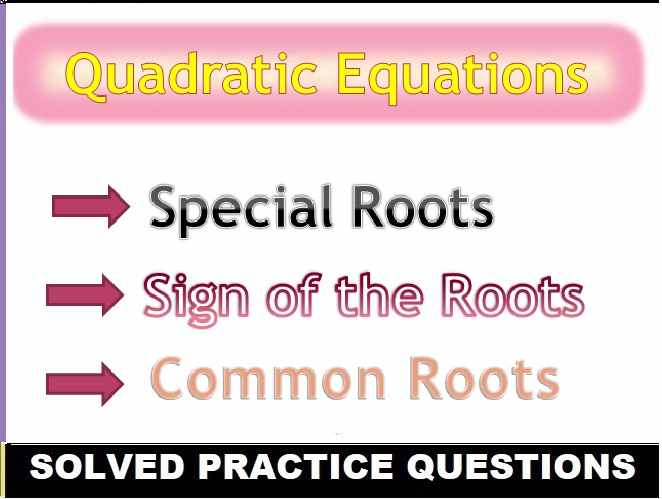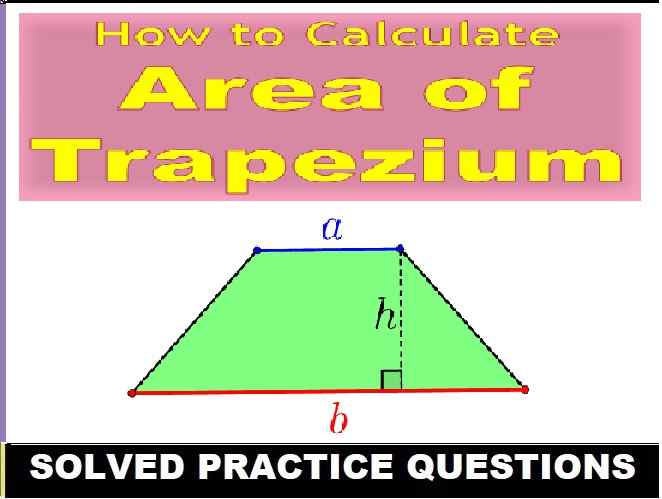ML Aggarwal Data Handling MCQs Class 6 ICSE Maths Solutions. We Provide Step by Step Answer of MCQs Questions for Data Handling as council prescribe guideline for upcoming board exam. Visit official Website CISCE for detail information about ICSE Board Class-6.
ML Aggarwal Data Handling MCQs Class 6 ICSE Maths Solutions
| Board | ICSE |
| Publications | Avichal Publishig Company (APC) |
| Subject | Maths |
| Class | 6th |
| Chapter-15 | Data Handling |
| Writer | ML Aggarwal |
| Book Name | Understanding |
| Topics | Solution of MCQs Questions |
| Edition | 2023-2024 |
Data Handling MCQs
ML Aggarwal Class 6 ICSE Maths Solutions
Page-318
Mental Maths
Question 1. Fill in the blanks:
(i) A ……. is a collection of numerical figures to give some information.
(ii) Each numerical figure in a data is called an ………..
(iii) The number of times a particular observation occurs in a data is called … of the observation.
(iv) A data arranged in ascending or descending order is called an ………… data.
(v) A pictorial representation of a data is called a …………
(vi) If @ represent 5 students then @@@ represent ………… students.
(vii) In a pictograph, if one bicycle represents 20 bicycles then 140 bicycles can be represented by ………… bicycles.
(viii) In a pictograph, if one electric bulb represents 10 bulbs then the picture of half a bulb will represent ………… bulbs.
(ix) In a pictograph, if the symbol # represents 50 fruits baskets, then ### represent ………… fruit baskets.
(x) The frequency of 8 is written symbolically as ………… using tally marks.
(xi) In a bar graph, the bars are of uniform …………
(xii) The mean of the first 8 natural numbers is …………
Answer:
(i) A data is a collection of numerical figures to give some information.
(ii) Each numerical figure in a data is called an observation.
(iii) The number of times a particular observation occurs in a data is called frequency of the observation.
(iv) A data arranged in ascending or descending order is called an arrayed data.
(v) A pictorial representation of a data is called a pictograph.
(vi) If @ represent 5 students then @@@ represent 15 students.
(vii) In a pictograph, if one bicycle represents 20 bicycles then 140 bicycles can be represented by 7 bicycles.
(viii)In a pictograph, if one electric bulb represents 10 bulbs then the picture of half a bulb will represent 5 bulbs.
(ix) In a pictograph, if the symbol # represents 50 fruits baskets, then ### represent 150 fruit baskets.
(x) The frequency of 8 is written symbolically as ![]() using tally marks.
using tally marks.
(xi) In a bar graph, the bars are of uniform width.
(xii) The mean of the first 8 natural numbers is 4.5
Data Handling MCQs
ML Aggarwal Class 6 ICSE Maths Solutions
Page-319
Question 2. State whether the following statements are true (T) or false (F):
(i) If the data is large, it is difficult to get information from raw data.
(ii) Pictographs and bar graphs help us in understanding and analyzing a data.
(iii) In a bar graph, bars can be drawn either vertically or horizontally.
(iv) In a bar graph, width of a bar has no significance. It is only for eye attraction.
(v) Usually, the tally marks are recorded in bunches of 5.
(vi) The frequency 9 is represented as filtlll using tally marks.
(vii) Mentioning of scale is necessary in pictographs.
(viii) Mean is always one of the number in a given data.
(ix) Median is always one of the numbers in a given data.
Answer:
(i) If the data is large, it is difficult to get information from raw data. True
(ii) Pictographs and bar graphs help us in understanding and analyzing a data. True
(iii) In a bar graph, bars can be drawn either vertically or horizontally. True.
(iv) In a bar graph, width of a bar has no significance. It is only for eye attraction. True
(v) Usually, the tally marks are recorded in bunches of 5. True
(vi) The frequency 9 is represented as fMI using tally marks. False
(vii) Mentioning of scale is necessary in pictographs. True
(viii) Mean is always one of the number in a given data. False
(ix) Median is always one of the numbers in a given data. False
Data Handling MCQs
ML Aggarwal Class 6 ICSE Maths Solutions
Page-319
Observe the following pictograph which shows the number of ice cream cones sold by school ‘ canteen during a week. Chose the correct answer from the given options for questions 3 to 7:

Question 3. The minimum number of ice cream cones were sold on:
(a) Monday
(b) Saturday
(c) Tuesday
(d) Thursday
Answer:
Thursday (d)
Question 4. The maximum number of ice cream cones were sold on:
(a) Tuesday
(b) Friday
(c) Wednesday
(d) Thursday
Answer:
Tuesday (a)
Question 5. Ratio of the number of ice cream cones sold on Saturday to the number of ice cream cones sold on Wednesday is.
(a) 3 : 2
(b) 2 : 3
(c) 4 : 5
(d) 4 : 7
Answer:
Saturday = 8
Wednesday = 12
⇒ 8 : 12
⇒ 2 : 3 (b)
Question 6. Total number of ice cream cones sold during the whole week was:
(a) 33
(b) 67
(c) 65
(d) 57
Answer:
Monday = 10
Tuesday = 16
Wednesday = 12
Thursday = 7
Friday = 14
Saturday = 8
Total 67 ice cream (b)
Data Handling MCQs
ML Aggarwal Class 6 ICSE Maths Solutions
Page-320
Question 7. If the cost of one ice cream cone is ₹20, then the sale value on Thursday was:
(a) ₹70
(b) ₹100
(c) ₹140
(d) ₹1340
Answer:
Number of ice creams sold on Thursday = 7
= ₹20 × 7 = ₹140 (c)
Observe the adjoining bar graph, showing the number of one-day international mathces played by cricket teams of different countries. Choose the correct answer from the given four options for questions 8 to 11:

Question 8. Which country played maximum number of matches? .
(a) India
(b) England
(c) Pakistan
(d) Australia
Answer:
Australia (d)
Question 9. How many matches did South Africa play?
(a) 16
(b) 18
(c) 20
(d) 24
Answer:
18 (b)
Question 10. How many more matches were played by India than Pakistan?
(a) 6
(b) 12
(c) 24
(d) 30
Answer:
Pakistan = 24
India = 30
∴ 30 – 24 = 6 (a)
Question 11. Ratio of the number of matches played by India to the number of matches played by Sri Lanka is
(a) 4 : 5
(b) 5 : 4
(c) 4 : 3
(d) 7 : 6
Answer:
India = 30
Sri Lanka = 24
⇒ 30 : 24 = 5 : 4 (b)
Choose the correct answer from the given four options for questions 12 and 13:
Question 12. The mean of the first 6 odd natural numbers is
(a) 5
(b) 5.5
(c) 6
(d) 6.5
Answer:
First 6 odd natural numbers are:
1, 3, 5, 7, 9, 11
1 + 3 + 5 + 7 + 9 + 11
Mean = 1 + 3 + 5 + 7 + 9 + 11/6
=36/6 = 6 (c)
Question 13. The median of the numbers 4, 4, 7, 5, 7, 6, 1, 3, 11 is
(a) 7
(b) 6
(c) 5
(d) 4
Answer:
Arrange the data in ascending order : 3, 4, 4, 5, 6, 7, 1,1, 11
Total terms = 9
Median = (n+1)/2 th term
= (9+1)/2 = 5th term = 6 (b)
— : End of ML Aggarwal Data Handling MCQs Class 6 ICSE Maths Solutions :–
Return to – ML Aggarwal Maths Solutions for ICSE Class -6
Thanks


